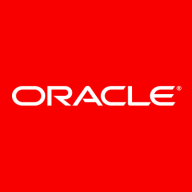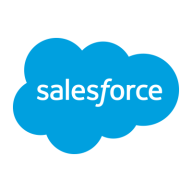

Tableau Enterprise and Oracle Business Intelligence Discoverer are competing analytics platforms that offer unique value propositions. Tableau takes the upper hand with its intuitive data visualization capabilities, while Oracle impresses with its comprehensive reporting features.
Features: Tableau Enterprise offers interactive data visualizations, intuitive dashboards for real-time analytics, and extensive integration capabilities. Oracle Business Intelligence Discoverer provides in-depth reporting, data mining capabilities, and detailed analyses for complex environments.
Ease of Deployment and Customer Service: Tableau Enterprise has straightforward cloud and on-premises deployment backed by responsive support for swift implementation. Oracle Business Intelligence Discoverer demands more infrastructure knowledge for deployment but offers extensive customization and robust support for tailored solutions.
Pricing and ROI: Tableau Enterprise generally involves higher initial costs but offers quick ROI through productivity and decision-making enhancements. Oracle Business Intelligence Discoverer tends to have lower upfront costs, with ROI driven by comprehensive data insights.
| Product | Market Share (%) |
|---|---|
| Tableau Enterprise | 20.1% |
| Oracle Business Intelligence Discoverer | 1.0% |
| Other | 78.9% |

| Company Size | Count |
|---|---|
| Small Business | 117 |
| Midsize Enterprise | 66 |
| Large Enterprise | 183 |
Oracle Business Intelligence Discoverer is an ad-hoc query, reporting, analysis, and Web-publishing tool that empowers business users at all levels of the organization to gain immediate access to information from data marts, data warehouses, online transaction processing systems and Oracle E-Business Suite.
Tableau Enterprise offers powerful features for creating interactive visualizations, dashboards, and maps, including drag-and-drop functionality and easy integration with multiple data sources, promoting real-time collaboration and self-service analysis.
Tableau Enterprise stands out with its ability to create user-friendly, interactive visualizations, making it pivotal for business intelligence applications. Users benefit from its seamless connectivity and advanced analytical functions, facilitating data blending and storytelling. Despite a complex learning curve and high licensing costs, its features like geospatial analysis and efficient content distribution drive its indispensable value for data-driven insights. Enhancements in predictive analytics and support integration with machine learning tools further its capabilities across industries.
What are the most valuable features?Tableau Enterprise is widely used for business intelligence, supporting industries like healthcare, telecommunications, and finance. Organizations utilize it to analyze performance indicators, operational insights, and financial analytics, enhancing decision-making through interactive reports and real-time data integration.
We monitor all Reporting reviews to prevent fraudulent reviews and keep review quality high. We do not post reviews by company employees or direct competitors. We validate each review for authenticity via cross-reference with LinkedIn, and personal follow-up with the reviewer when necessary.